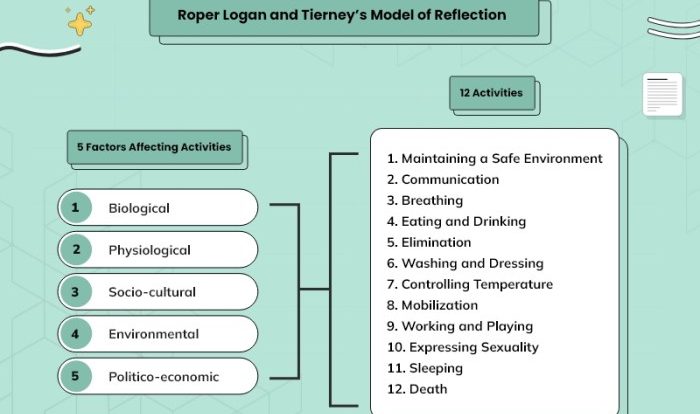Answers for bloodborne pathogens quiz: Understanding the basics of bloodborne pathogens, exposure control, personal protective equipment, and more is crucial for healthcare professionals to prevent and manage exposure to these pathogens effectively. This comprehensive guide provides clear and concise answers to common questions, empowering individuals with the knowledge they need to safeguard their health and well-being.
Bloodborne pathogens are microorganisms that can cause disease in humans through contact with contaminated blood or bodily fluids. These pathogens include viruses, bacteria, and parasites, and they can be transmitted through various routes, including needlesticks, cuts, and contact with mucous membranes.
Bloodborne Pathogens Basics
Bloodborne pathogens are microorganisms that can cause disease in humans when transmitted through contact with contaminated blood or other potentially infectious materials. Examples of bloodborne pathogens include:
- Human immunodeficiency virus (HIV)
- Hepatitis B virus (HBV)
- Hepatitis C virus (HCV)
Bloodborne pathogens can be transmitted through several modes, including:
- Needle sticks or sharps injuries
- Contact with open wounds or mucous membranes
- Exposure to contaminated blood or body fluids
Exposure Control Plan, Answers for bloodborne pathogens quiz
An exposure control plan (ECP) is a written plan that describes how an employer will protect employees from exposure to bloodborne pathogens. The ECP must be tailored to the specific workplace and must include the following components:
- A list of job classifications and tasks that involve exposure to bloodborne pathogens
- A description of the methods used to control exposure to bloodborne pathogens
- A description of the training that will be provided to employees on bloodborne pathogens
- A description of the procedures that will be used to evaluate and respond to exposures to bloodborne pathogens
Training requirements for an ECP include:
- Initial training for all employees who are exposed to bloodborne pathogens
- Annual refresher training for all employees who are exposed to bloodborne pathogens
- Additional training for employees who are exposed to bloodborne pathogens in non-routine situations
Personal Protective Equipment (PPE)
Personal protective equipment (PPE) is clothing and equipment that is used to protect employees from exposure to bloodborne pathogens. PPE includes:
- Gloves
- Gowns
- Masks
- Eye protection
- Sharps containers
PPE must be used correctly to be effective. Employees must be trained on the proper use and disposal of PPE.
The type of PPE that is required will vary depending on the task being performed and the potential for exposure to bloodborne pathogens.
User Queries: Answers For Bloodborne Pathogens Quiz
What are the most common bloodborne pathogens?
HIV, hepatitis B virus (HBV), and hepatitis C virus (HCV) are the most common bloodborne pathogens.
What are the modes of transmission for bloodborne pathogens?
Bloodborne pathogens can be transmitted through contact with infected blood or bodily fluids, such as through needlesticks, cuts, or contact with mucous membranes.
What is an exposure control plan?
An exposure control plan is a written plan that Artikels the procedures and policies for preventing and managing exposure to bloodborne pathogens in the workplace.
What are the different types of personal protective equipment (PPE) used to prevent exposure to bloodborne pathogens?
PPE includes gloves, gowns, masks, and eye protection, which help create a barrier between the healthcare worker and potentially infectious materials.
What are the engineering and work practice controls used to minimize exposure to bloodborne pathogens?
Engineering controls include sharps containers and self-sheathing needles, while work practice controls include hand hygiene and proper handling of contaminated materials.
